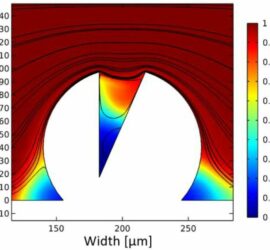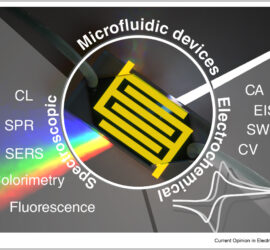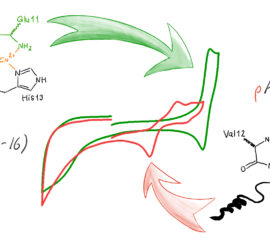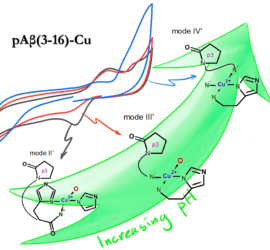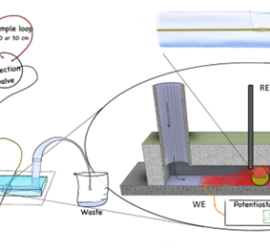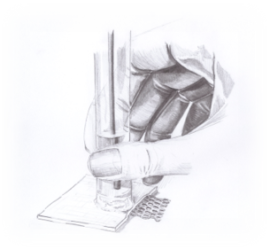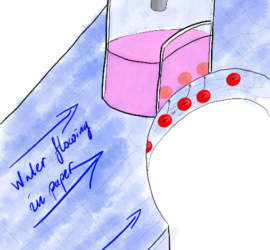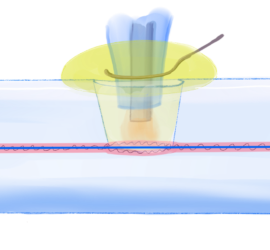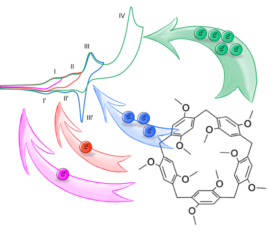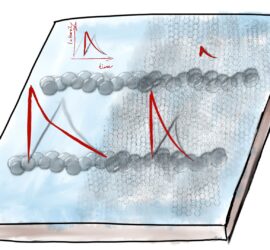In this invited paper we studied the difference that the shape of the microcavity has in in-line Mach-Zehnder interferometers has on their sensitivity. This work is related to previous publications in collaboration between our group and Prof. Śmietana at Warsaw University of Technology., In the previous publications we used a […]
Jönsson-Niedziółka
Together with our partners in the UPTURN project we wrote a short review article about the use of combining electrochemical and optical methods in microfluidic systems. The goal of UPTURN is to create a suitable microfluidic platform for multiparametric measurements. This was a good opportunity to summarise what is available […]
Sometimes publishing doesn’t go according to plan…. Our newly published article in J. Electroanal. Chem. was supposed to have been published before the follow-up in ChemElectroChem. We thought it made sense to first study the shorter amyloid and then follow with a study of the longer one. Some review delays […]
Over the last year, Magda has been working with bachelor student Natalia to investigate the redox behaviour of different β-amyloids. In her recently published paper she demonstrates a significant difference in the redox behaviour of copper complexes with peptides associated with Alzheimer’s disease (AD). AD is a neurodegenerative disorder and […]
After months of work on the article, Martin and Andrzej finally got their second paper about electrochemical and optical studies using an optical fiber accepted. The article “A microfluidic system for analysis of electrochemical processing using a highly sensitive optical fiber microcavity” will be published in the journal “Optics and […]
Our paper “Ion Transfer Voltammetry with an Electrochemical Pen” received a mention as one of the best publications from our institute during 2020. Good work everyone!
Martin just had a grant accepted from NCN for studying “Ion-transfer between immiscible liquids in a paper-based setup”. The project will continue the studies that were published in this paper. The main goal of the project is to investigate and try to overcome the factors limiting the sensitivity of paper-based […]
We just published an article combining electrochemistry and interferometry in a microcavity. This work was done in collaboration with colleagues from Warsaw University of Technology and the National Institute of Telecommunications, who are responsible for the optics part of the work. The experiment is based on a microcavity in-line Mach-Zehnder […]
Pillararenes were introduced as a novel class of macrocyclig host molecules in 2008 when 1,4-dimethoxypillar[5]arene (P5A) was synthesised. The pillararenes are similar in structure to the better known cyclodextrins or calixarenes and they can also form host-guest complexes with smallish molecules that can fit into their cavities. In a recent […]
Another paper has come out in the silver nanostructure series with our neighbours in the Surface Nanoengineering group and the Maćkowski group in Toruń. This time the focus is on silver island paths – basically SIFs deposited along lines on a substrate. The idea here, as the title indicates, is to use the contrast between fluorescence enhancement on […]

